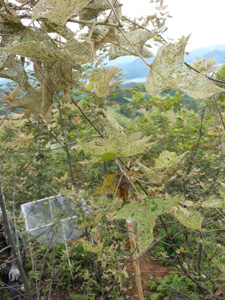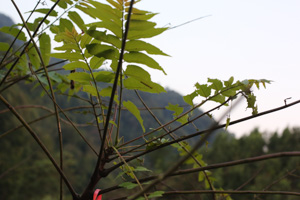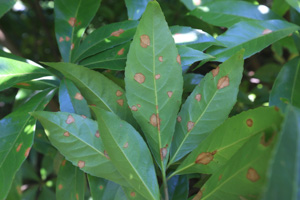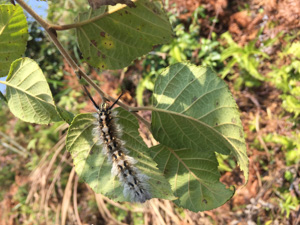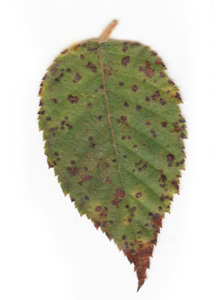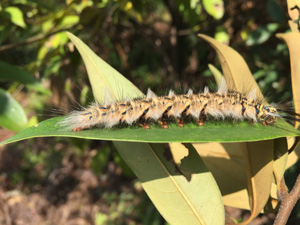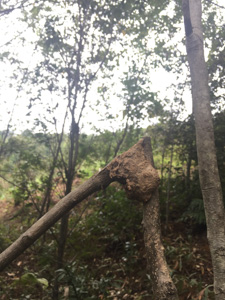BEF modification experiment
Complementary effect is discussed for the explanation of diversity–ecosystem functioning (BEF) relationships in some forest ecosystems, however the importance of the resistance to the leaf pathogens and herbivores in higher diversity forest as one of the mechanisms for the BEF relationship is unknown. Here we conducted an experiment in a newly established large forest biodiversity–ecosystem functioning experiment in JiangXi Province, China (BEF-China). Using experimental manipulations of pathogens, herbivores and nutrient resources availability across 6 biodiversity levels (1, 2, 4, 8, 16, 24 species), we assessed the relative importance of herbivore and pathogen release versus resource competition as mechanisms driving diversity-productivity relationships in a subtropical forest.
Experimental treatments
Each plot has an area of 25.8 × 25.8 m (1 mu in Chinese unit), consisting of 400 trees planted in a grid of 20 × 20 individuals at a horizontal planting distance of 1.29 m. Because the main experiment is based in the plot center, we set up five additional subplots in the northern border area (rows 16 – 19). Each subplot had 4×4 trees and an area of 5.16 × 5.16 m. The subplots were randomly assigned to one of five experimental modification treatments: 1) fungicide for pathogen exclusion (F); 2) insecticide for herbivore exclusion (I); 3) no weeding, in order to increase resource competition by allowing weeds (NW); 4) phosphorus fertilizer to decrease resource competitions (P) and 5) a control with the standard manipulation of the overall experiment (C).
For the insecticides and fungicides, the chemicals were applied every 4 weeks (and every 2 weeks during the rainy season because chemicals were more rapidly leached) and only on days without (or with very little) wind. All C, P, and NW plots were sprayed with 4 liters of water every time when the F and I plots were sprayed with insecticides/fungicides.
For insecticides, we added 10 ml dimethoate and 10 ml deltamethrin to the water (a maximum of 4 liters) and mixed water and insecticides by stirring the solution for one minute. For fungicides, we added 8 g of mancozeb and 25ml myclobutanil to the water (previously dissolved in a small amount of water) and then mixed water and fungicides by stirring the solution for one minute.
For P fertilizer, the fertilizer was only applied to the soil once at the beginning of the experiment. We used Triple Superphosphate (Ca(H2PO4)2), with the application rate of 100 kg P per ha (i.e. 10 g/m2). Long groove (3-4 cm deep) were made 30 cm above and 30 cm below each tree (at each of the 16 planting positions, even when the tree is not there anymore). Half the fertilizer was added to the upper groove, half to the lower groove. Then fertilizer in the grooves was covered with soil.
Photos of the herbivory and pathogen damage in the field site
